INTERNACIONAL
Los aranceles de Donald Trump: Argentina pagará un 10 por ciento y el canciller busca negociar un acuerdo

Tras los anuncios de Donald Trump sobre tarifas globales, que impondrá al menos un 10% a los productos que Argentina exporte a Estados Unidos, el canciller Gerardo Werthein busca en Washington negociar con el representante comercial estadounidense un acuerdo arancelario para mitigar el shock en el comercio bilateral el nuevo y convulsivo panorama.
Este miércoles Trump anunció la entrada en vigor de los llamados “aranceles recíprocos” de al menos 10% a todos los productos que ingresan a Estados Unidos (a los de China un 34% y a los de la Unión Europea un 20%) y esto afecta a la Argentina, que ya fue impactada por el 25% de aranceles globales al acero y aluminio que impuso EE.UU semanas atrás.
Dentro de todo el duro panorama de tarifas, el país quedó con el arancel más bajo que aplicó Trump y es un dato que traerá cierto alivio al Gobierno.
El Gobierno busca que la “relación estratégica” bilateral y la buena sintonía entre el presidente Trump y Javier Milei logre alguna exención tarifaria que limite el impacto del terremoto arancelario en los productos argentinos. El líder de la Rosada viajará este miércoles por la noche a la residencia de Trump en Palm Beach para recibir un premio pero también para intentar ver al jefe de la Casa Blanca. Busca apoyo para las negociaciones con el FMI, pero también podría pedirle que alivie algunas tarifas para los productos argentinos.
Pero en su discurso, Trump ya advirtió que no será fácil. “Muchos presidentes van a llamar para pedir la baja de aranceles, les digo que bajen aranceles, que no manipulen sus monedas, les dan protección a otros países, muchos quieren hacernos daño económico”.
Werthein se reúne este jueves con Jamieson Greer, el jefe del United States Trade Representative, la agencia gubernamental encargada de los aranceles. Estará acompañado por el embajador Luis María Kreckler, secretario de Secretario de Relaciones Económicas Internacionales interino, Alec Oxenford, el empresario que ya está instalado en la capital estadounidense como embajador, y funcionarios comerciales de la embajada.
Será un encuentro clave en la visita del canciller a Washington, luego de la reunión que mantuvo con el secretario de Estado Marco Rubio el martes, con quien más allá de reforzar la alianza estratégica política también hablaron “de trabajar juntos en la complementación económica”, según dijo Werthein.
Jamieson tendrá sobre la mesa un reciente informe del departamento que dirige, un grueso ejemplar de más de 300 páginas que Trump mostró durante su discurso en la Casa Blanca, y donde se evalúa el esquema tarifario de cada país con el que comercia Estados Unidos y las barreras que enfrentan los productos estadounidenses.
“Ningún presidente de EE.UU. en la historia moderna ha reconocido las amplias y dañinas barreras comerciales internacionales que enfrentan los exportadores estadounidenses más que el presidente Trump», dijo Greer. «Bajo su liderazgo, esta administración está trabajando diligentemente para abordar estas prácticas injustas y no recíprocas, ayudando a restaurar la equidad y poner a las empresas y trabajadores estadounidenses trabajadores en primer lugar en el mercado global», señaló.
Hay un capítulo de Argentina de 4 páginas que describe la compleja maraña tarifaria en la relación bilateral. Y señala al inicio que Estados Unidos y Argentina firmaron un Acuerdo Marco de Comercio e Inversión el 23 de marzo de 2016. “Este Acuerdo es el principal mecanismo para las discusiones sobre temas de comercio e inversión entre los Estados Unidos y la Argentina”, afirman.
El Gobierno ya ha desinflado la idea de un Acuerdo de Libre Comercio con EE.UU., que más allá de las trabas legales que enfrentaría por ser miembro del Mercosur, no encaja en la política proteccionista de Trump. Ahora se busca negociar un acuerdo comercial a largo plazo con ajustes de aranceles, pero sobre que contemple la mayor cantidad de exenciones a productos argentinos que ingresan a EE.UU.
Según señaló AmCham Argentina, la cámara que agrupa a las empresas norteamericanas con presencia en el país, Estados Unidos aplica un promedio de 1,2% en aranceles a productos argentinos, mientras que Argentina impone un 6,4% sobre las importaciones estadounidenses. “Sectores como el agroindustrial, los textiles y los metales presentan grandes diferencias arancelarias», apuntan desde AmCham. El gobierno de Trump buscará equilibrar esa balanza.
Argentina grava la importación de alimentos con un 16%, mientras que Estados Unidos tiene un arancel del 4,6%. En textiles, la Argentina cobra la tarifa más alta, con 20,9 por ciento, mientras que en EE.UU se aplica un 6,1 por ciento. Argentina cobra 8,1% en químicos y productos industriales y Estados Unidos impone un 0,3%. En plásticos, el arancel local es de 11% frente al 1,4% de EE.UU. En metales, la tarifa local es de 13,7% y el impuesto estadounidense es de apenas el 0,2”.
Werthein y su equipo comercial deberán trabajar sobre estos rubros e intentar sacar provecho de la buena relación entre Trump y Milei y lograr algún beneficio para que muchos productos queden exceptuados y lograr también un acuerdo a más largo plazo. Pero el camino es largo y los antecedentes no son de lo más auspiciosos. El gobierno de Mauricio Macri, por ejemplo, tardó varios años en lograr una consideración para la baja de los aranceles del acero y aluminio que impuso Trump en su primer mandato.
Igualmente una buena señal la dio un tuit de Marco Rubio, apenas terminó la ceremonia de tarifas de Trump. «Nuestra continua alianza con Argentina se traduce en mayores oportunidades económicas que pueden beneficiar a todos nuestros ciudadanos«, escribió el secretario de Estado. «Me reuní con el canciller argentino, Werthein, para conversar sobre el fortalecimiento de la cooperación en sectores económicos clave», dijo, y mencionó también otros temas bilaterales. En un tuit el martes, Rubio no había mencionado el tema económico.
INTERNACIONAL
Jair Bolsonaro sigue hablando y la Justicia amenaza con detenerlo «de inmediato» si hace comentarios en las redes

Un juez de la corte suprema de Brasil advirtió al ex presidente Jair Bolsonaro sobre la posibilidad de decretar su «prisión inmediata» por el «incumplimiento» de una prohibición de manifestarse en redes sociales.
La presión judicial se incrementa contra el ex mandatario (2019-2022), que enfrenta un juicio en el máximo tribunal por tentativa de golpe de Estado contra el presidente izquierdista Luiz Inácio Lula da Silva en 2022.
El líder de la ultraderecha brasileña, obligado a usar tobillera electrónica y a cumplir otras medidas cautelares desde la semana pasada debido a una investigación por presunta obstrucción a la justicia, hizo declaraciones a los medios este lunes, que rápidamente fueron replicadas en redes, lo que motivó la advertencia judicial.
El juez del Supremo Tribunal Federal (STF) Alexandre de Moraes exhibió publicaciones de cuentas en X, Instagram y Facebook con videos, imágenes y texto de la intervención de Bolsonaro ante periodistas en el Congreso, según un documento judicial al que tuvo acceso lunes la AFP.
Según Moraes, el ex mandatario, de 70 años, «pronuncia un discurso para ser mostrado en las plataformas digitales».
El juez llamó a los abogados de Bolsonaro a prestar esclarecimientos en un plazo de 24 horas «sobre el incumplimiento de las medidas cautelares impuestas, bajo pena de decretar su prisión inmediata».
En una decisión anterior este lunes, Moraes había advertido que cualquier difusión de intervenciones públicas de Bolsonaro en las plataformas constituiría una violación de las medidas y el ex presidente se arriesgaba a ser detenido.
Bolsonaro, sin embargo, denunció lo que considera un acto de «cobardía» en su contra.
La corte suprema decidió mantener las restricciones que Moraes impuso a Bolsonaro, por cuatro votos a uno, en una sesión virtual que terminó casi a la medianoche.
La advertencia del juez fue condenada por diputados y senadores bolsonaristas que se reunieron este lunes con el expresidente en el Congreso.
«Otra orden de censura», denunció en rueda de prensa el diputado Sóstenes Cavalcante, líder del Partido Liberal de Bolsonaro en la Cámara Baja.
El portal Metropoles de Brasilia informó que el ex mandatario brasileño había cancelado una entrevista que daría por sus redes sociales.
Pero Bolsonaro se plantó ante las cámaras para mostrar por primera vez la tobillera electrónica que lleva en su pie izquierdo. «Eso aquí es un símbolo de la máxima humillación», dijo.
«Lo que vale para mí es la ley de Dios», añadió en rechazo a las decisiones judiciales.
Bolsonaro no publicó el discurso en sus cuentas propias pero sus hijos y aliados, y varios medios de comunicación, sí lo hicieron.
El cerco judicial sobre Bolsonaro ha provocado un duelo diplomático entre Estados Unidos y Brasil.
El presidente estadounidense Donald Trump anunció aranceles del 50% para las exportaciones brasileñas a partir de agosto por lo que considera una «caza de brujas» contra su aliado.
El republicano ha insistido en que Brasil «cambie de rumbo» y «deje de atacar» al ultraderechista.
El presidente Luiz Inácio Lula da Silva, por su parte, ha denunciado un «chantaje inaceptable».
Moraes justificó el viernes las restricciones sobre Bolsonaro al acusarlo de incitar «actos hostiles» de Estados Unidos contra Brasil para obstruir el juicio que enfrenta por una presunta intentona golpista en 2022.
Eduardo Bolsonaro, uno de los hijos del expresidente, se apartó en marzo de su cargo de diputado y se mudó a Estados Unidos, donde lleva adelante una campaña para que el gobierno de Donald Trump interceda por su padre.
Para Moraes, Bolsonaro y su hijo buscan «someter el funcionamiento de la corte suprema (de Brasil) a los Estados Unidos».
Washington revocó las visas de Moraes y otros jueces por su papel en el juicio contra Bolsonaro por intento de golpe.
Además de llevar tobillera electrónica y no usar redes sociales, el juez le ordenó al exmandatario no acercarse a embajadas o autoridades de otros países. También debe permanecer en su casa por las noches y los fines de semana, aunque él negó tener planes de huir de Brasil.
INTERNACIONAL
‘Not going away’: Inside the Epstein drama that’s thrown House GOP into chaos
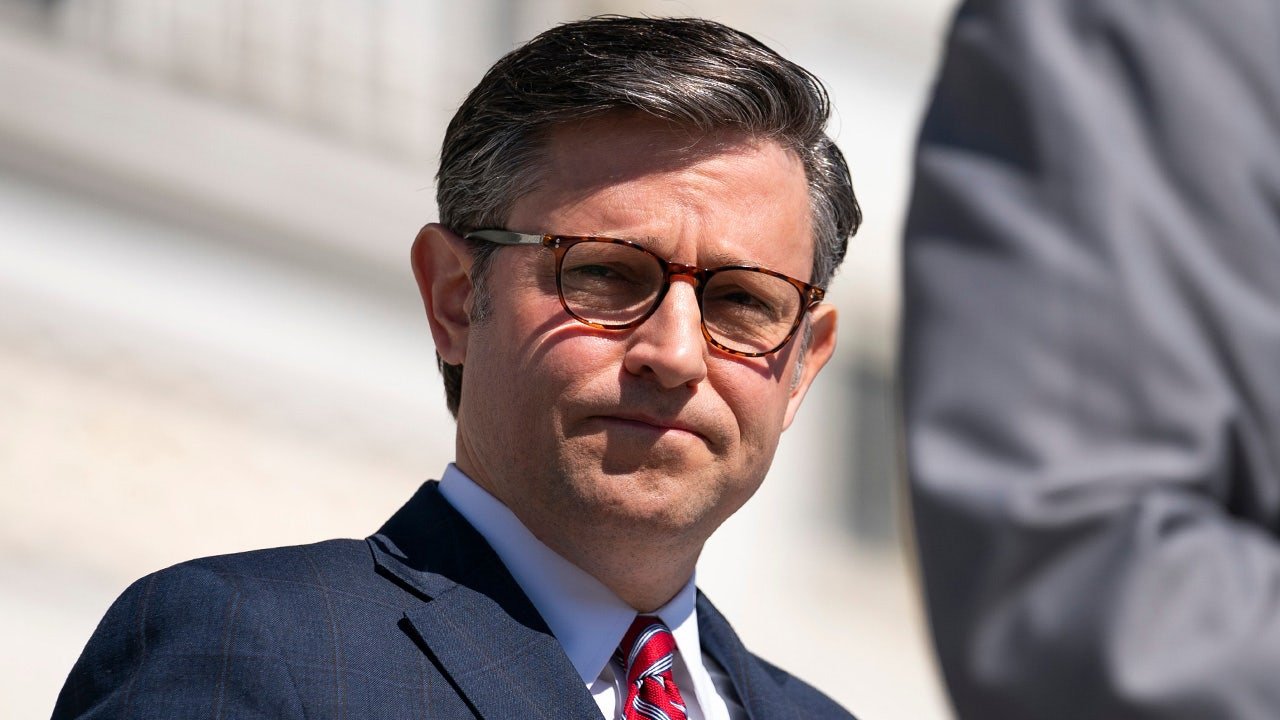
NEWYou can now listen to Fox News articles!
Continued fallout from the handling of Jeffrey Epstein’s case has partially paralyzed House Republicans’ agenda this week.
Frustrated GOP lawmakers have found themselves in a political minefield over the late pedophile, pointing fingers at each other, Democrats and even the Trump administration as members of President Donald Trump’s base continue to clamor for immediate transparency.
«We ought to be consistent and transparent. So we have consistently asked for the release of the Epstein files, and that shouldn’t stop now that we are in charge,» one House Republican told Fox News Digital under the condition of anonymity.
«This issue is not going away. The quicker we deal with it and nip it in the bud, then we take it off the table as an issue the Democrats can use against us and can be used, as you see, procedurally, to stop other good legislation from going through.»
COMER DISMISSES BIDEN DOCTOR’S BID FOR PAUSE IN COVER-UP PROBE: ‘THROWING OUT EVERY EXCUSE’
Speaker Mike Johnson is urging House Republicans to let the Trump administration do its work on the Epstein case while accusing Democrats of politicizing it. (Getty Images)
A Department of Justice (DOJ) memo earlier this month declaring the Epstein case closed ignited a civil war within the GOP, with figures on the far right accusing Trump officials of stonewalling despite promises of transparency.
Days later, Trump called on a federal judge to release grand jury testimony in Epstein’s case.
Democrats, meanwhile, have seized on the discord with newfound calls to «release the Epstein files,» as Rep. Jim McGovern, D-Mass., the top Democrat on the House Rules Committee, put it on multiple occasions.
Democrats on the panel – which serves as the final gatekeeper to legislation that requires a simple majority vote – have used their ability to introduce an unlimited number of amendments during committee hearings to force Republicans to take politically sticky votes on releasing information about Epstein.
«There is a list, that list is a victim list. And you’ve got to carefully walk through a victims list, because it involved Epstein. Epstein was involved with minors,» said Rep. Ryan Zinke, R-Mont. «I think the other thing is, I find ironic just out of circumstance, that the Democrats are pushing so hard for an Epstein file that the Biden administration had for four years.»
It led to House GOP leaders advancing a nonbinding resolution calling on the Trump administration to release the files, though it’s not clear when that will receive a chamber-wide vote.
But Democrats pledged to work from the same playbook during a Monday night Rules Committee hearing to kick off the GOP agenda. Republicans responded by forcing those proceedings to grind to a halt.
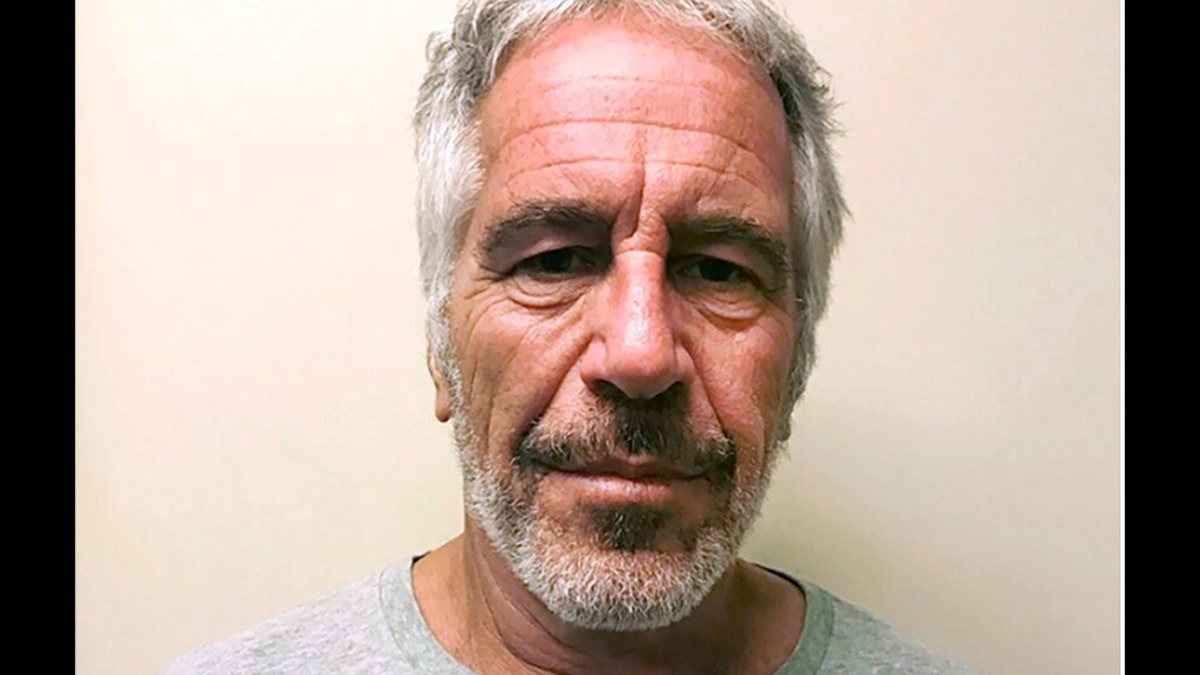
A Department of Justice memo earlier this month declaring the Epstein case closed ignited a civil war within the GOP. (New York State Sex Offender Registry via AP)
House leaders canceled a planned day of voting on Thursday – sending lawmakers to August recess a day early.
«The rules committee will not be meeting, and rightfully so. They were going to use the whole time, and they told us, just amendment after amendment. They think they’ve got a wedge in this – they don’t,» committee member Rep. Ralph Norman, R-S.C., told Fox News Digital.
He’s one of several House Republicans who told Fox News Digital they were giving deference to the Trump administration on handling the issue – while praising how the White House has handled it so far.
Multiple lawmakers told Fox News Digital that Speaker Mike Johnson, R-La., urged Republicans in their Tuesday morning closed-door conference to allow the administration to do its work and not demand the release of information that could risk harming Epstein’s victims.
FAR-LEFT FIREBRAND SAYS SHE ‘NEVER HAD A CONCERN’ ABOUT BIDEN’S MENTAL STATE AS HOUSE PROBE HEATS UP
One person said, «We don’t want to embarrass ourselves, keep asking and asking for something, then it comes out, and it’s like – ‘We didn’t want that.’ But I mean, we’ve got to trust the administration.»
«The administration has done a great job. All the wins that they have – I’m not going to let this waylay them,» Norman said. «In 45 days or two months, if nothing happens, that’ll be a problem. But that won’t happen. We’re going to get it out.»
Moments later he took to X to demand an immediate vote on the nonbinding Epstein resolution, however.
«The American people deserve action, not excuses. Let’s vote on it before August recess and get it DONE!!» Norman said.
The South Carolina Republican, who is considering a bid for governor, is one of several conservatives pushing the issue, despite GOP leaders’ pleas to stay quiet on the matter.
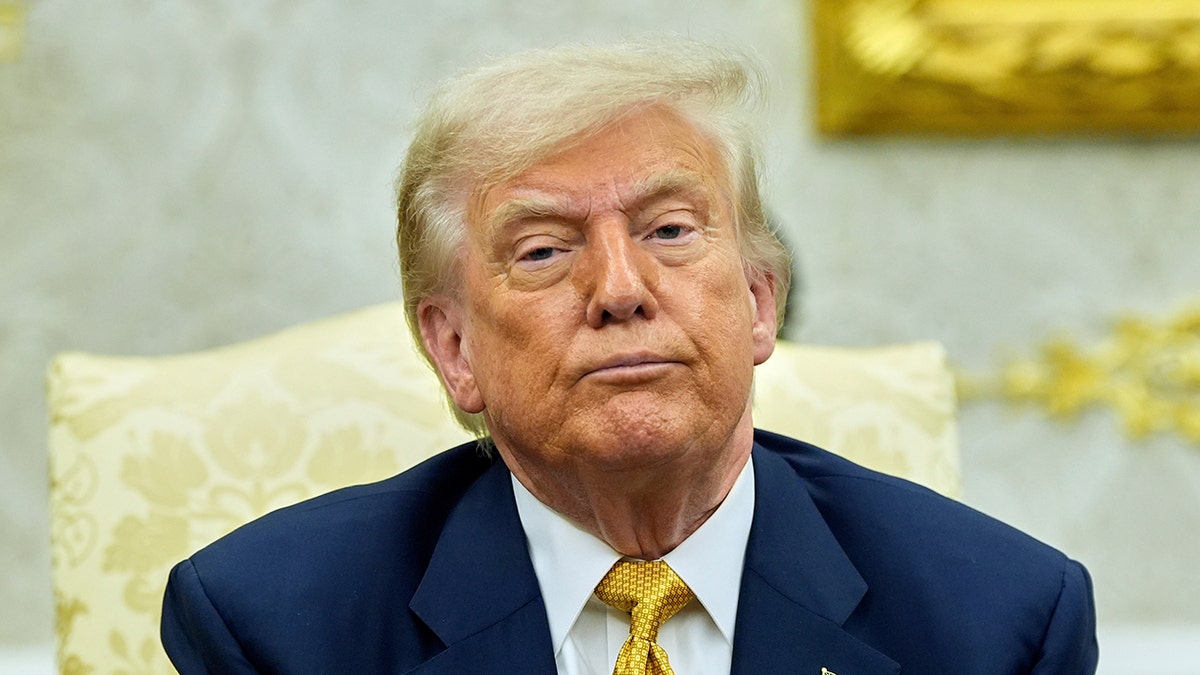
President Donald Trump has urged Republicans to move on, while calling on a judge to release Epstein grand jury files. (AP Photo/Alex Brandon)
Rep. Thomas Massie, R-Ky., teamed up with Rep. Ro Khanna, D-Calif., on a measure that could force a House-wide vote on releasing Epstein-related documents – if it netted a majority of the chamber’s support. That mechanism, called a discharge petition, could force House GOP leaders into a difficult position when they are back in early September.
Several Republican lawmakers have signed onto Massie’s measure in support.
Meanwhile, the House Oversight Committee unanimously approved a move by Rep. Tim Burchett, R-Tenn., to call for imprisoned ex-Epstein associate Ghislaine Maxwell to be subpoenaed.
Three more House Republicans, however, told Fox News Digital they believe most lawmakers want the matter to dissipate.
148 DEMOCRATS BACK NONCITIZEN VOTING IN DC AS GOP RAISES ALARM ABOUT FOREIGN AGENTS
One locked in on Massie and his nonbinding resolution, «He’s doing all of this for self-promotion and attention, and it’s sad and pathetic.»
Even Johnson took aim at Massie during his weekly press conference when asked about his discharge petition.
«It’s interesting to me that he chose the election of President Trump to bring this, to team up with the Democrats and bring this discharge petition,» the speaker said.
«I also try to follow the Scripture. You know it says, Bless those who persecute you. So let me just say about Thomas Massie: Could you just accept my Southern, bless his heart.»
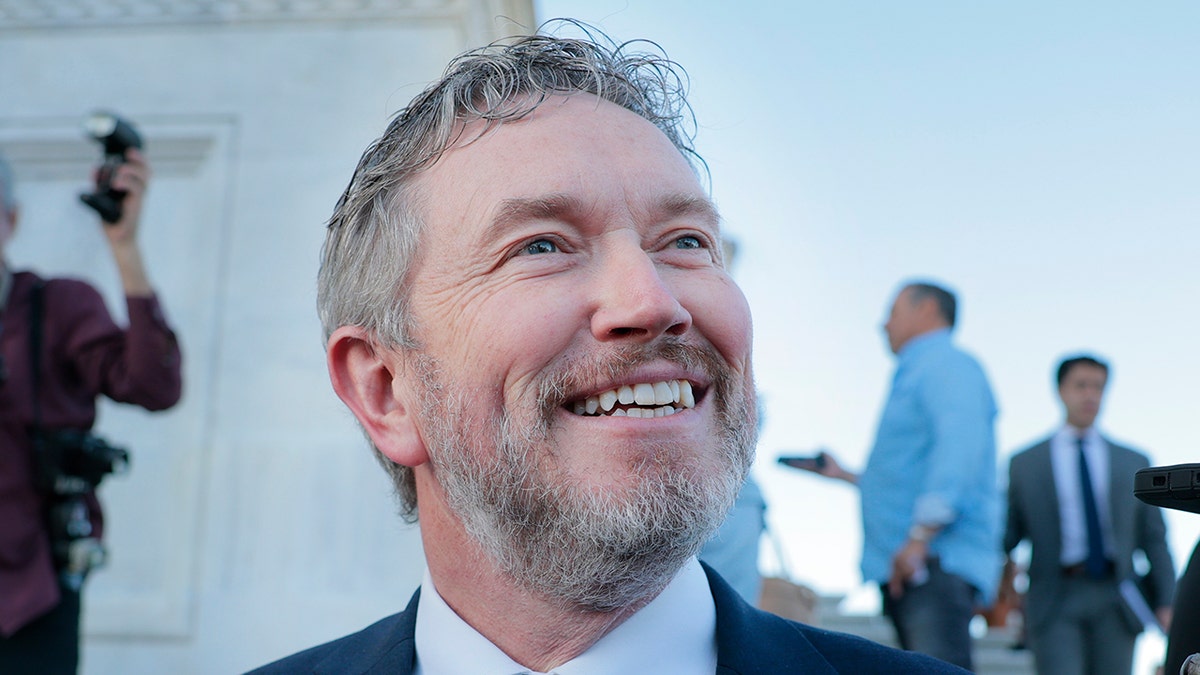
Rep. Thomas Massie is aiming to force a vote on getting Epstein files released to the public. (Anna Moneymaker/Getty Images)
He also pointed out the administration was in the process of sifting through what information it could release.
‘There’s no purpose for Congress to push an administration to do something that they’re already doing. And so this is for political games. I’m very, very resolute on this. We can both call for full transparency and also protect victims,» Johnson said.
Rep. Marjorie Taylor Greene, R-Ga., a Trump ally who is backing Massie’s discharge petition, told reporters, «I’m all for transparency, but we just have to be a little patient with the court.»
Several people noted that any bombshell information implicating Trump or other high-level figures would have leaked by now.
But the two other House Republicans who spoke with Fox News Digital said they and their colleagues were frustrated with how the Trump administration has handled the matter so far.
«We need to give it the opportunity to simmer down,» one of the two lawmakers said. «I will say, for me, when you say the list is on your desk, and there’s no list – you can’t take that one back. And I think that’s probably the genesis of the whole thing.»
That was in reference to Bondi telling Fox News Channel of Epstein’s client list in February, «It’s sitting on my desk right now to review.»
Another GOP lawmaker told Fox News Digital, «You can’t set up all these expectations and then not expect some criticism on the backend when you decide to not move forward with it… I don’t understand it at all.»
And Massie, for his part, has remained fixed in his course while arguing that doing otherwise will cost Republicans the 2026 elections. He also accused Johnson of telling Republicans to «stick your head in the sand» and defer to the Trump administration.

Attorney General Pam Bondi has been under fire by some on the right over her handling of the matter. (Tom Williams/CQ-Roll Call, Inc via Getty Images)
«If we don’t take the right side of this issue, it’s going to cost us votes in the midterms. People are becoming despondent. They’re apathetic. Why would they go vote if they gave us the House, the Senate and the White House and the transparency and justice they were promised doesn’t happen?» Massie said. «And I think it could be a real problem for us. That’s why it would behoove the speaker to bring this to the floor. It would be in the best interest of this institution just to vote this out and give it to the Senate and let them do their thing.»
CLICK HERE TO GET THE FOX NEWS APP
When reached for comment, the White House responded with a lengthy statement touting Trump’s accomplishments that did not mention Epstein.
«Under President Trump’s leadership, the Republican Party has achieved unprecedented unity and strength. After securing the largest share of votes ever for a Republican presidential nominee and winning majorities in both the House and Senate, President Trump has delivered the most impactful first six months of any presidency. He has fulfilled numerous campaign promises – and then some!» said spokesman Harrison Fields.
Indeed, Republicans have had a number of significant legislative successes this year, even with a razor-thin majority.
When reached for comment, a DOJ spokesperson pointed Fox News Digital to Deputy Attorney General Todd Blanche’s statement on Tuesday, digging in on the department’s earlier memo.
«[I]n the recent thorough review of the files maintained by the FBI in the Epstein case, no evidence was uncovered that could predicate an investigation against uncharged third parties. President Trump has told us to release all credible evidence. If Ghislane Maxwell has information about anyone who has committed crimes against victims, the FBI and the DOJ will hear what she has to say,» Blanche said. «Therefore, at the direction of Attorney General Bondi, I have communicated with counsel for Ms. Maxwell to determine whether she would be willing to speak with prosecutors from the Department.»
INTERNACIONAL
China denies wrongdoing in preventing dozens of Americans from leaving under shadow ‘exit ban’

NEWYou can now listen to Fox News articles!
China denied on Tuesday that it is doing anything wrong as it reportedly prevents «dozens» of Americans from leaving the country under an «exit ban» policy, including at least one U.S. government official.
Reports emerged Monday afternoon that an American citizen, an employee of the Commerce Department, has been barred from leaving China and prevented from returning to the U.S. since his passport, credit card, cellphone and iPad were seized on April 14, reported The New York Times.
The passport was reportedly returned to the individual one week later on April 22, though he was told he was not allowed to leave China.
A Department of Commerce sign is displayed at the Herbert C. Hoover Federal Building on June 9, 2025 in Washington, D.C. (Kevin Carter/Getty Images)
IRAN SEEKS CHINA, RUSSIA HELP TO STALL UN SANCTIONS AHEAD OF NUCLEAR TALKS WITH EUROPEANS
The identity of the government official remains unknown, though a spokesperson for the State Department confirmed to Fox News Digital that the individual is a U.S. Patent and Trademark Office employee and was traveling to China «in a personal capacity.»
While it is unclear if any other U.S. government officials have been barred from leaving China, a spokesperson for Beijing’s foreign ministry, Guo Jiakun, told reporters on Tuesday during a press briefing that he had no additional details to share.
«China upholds the rule of law and handles entry and exit affairs in accordance with the law,» he said.
In response to Fox News Digital’s questions, the State Department said, «The Chinese government has, for many years, imposed exit bans on U.S. citizens and other foreign nationals in China, often without a clear and transparent process for resolution.
«We track these cases closely, and have raised our concern with Chinese authorities about the well being of our citizens and impact these arbitrary exit bans have on our bilateral relations and urged them to immediately allow impacted U.S. citizens to return home,» a spokesperson added.

Guo Jiakun, spokesman for the Chinese Foreign Ministry, speaks to journalists on 23 June 2025 in Peking, China. ( Johannes Neudecker/picture alliance via Getty Images)
MICROSOFT ENDS USE OF CHINA-BASED COMPUTER ENGINEERS FOR CERTAIN DEFENSE DEPT PROJECTS AMID ESPIONAGE FEARS
The department in November 2024 issued a Level 2 travel advisory for Americans considering travel to China.
The advisory issued a warning to «exercise increased caution» due to Beijing’s «arbitrary enforcement of local laws, including in relation to exit bans.»
A spokesperson for the Chinese Embassy in Washington, D.C., said they were «not aware of» the case’s details, but added, «China always welcomes foreign citizens, including those of the United States, to come to China and guarantees their safety and legitimate rights and interests in China in accordance with the law, including freedom of entry and exit.
«Meanwhile, foreign citizens in China should also respect and abide by Chinese laws,» the spokesperson added.
While the Universal Declaration of Human Rights has enshrined the «right to freedom of movement,» which says «everyone has the right to leave any country, including his own, and to return to his country,» it is not an absolute right, and nations can choose to hold individuals depending on certain conditions, including national security concerns.
It is unclear why the Commerce Department employee has been blocked from returning to the U.S. where his wife also lives, though he was apparently questioned by Chinese intelligence authorities about his prior military service.
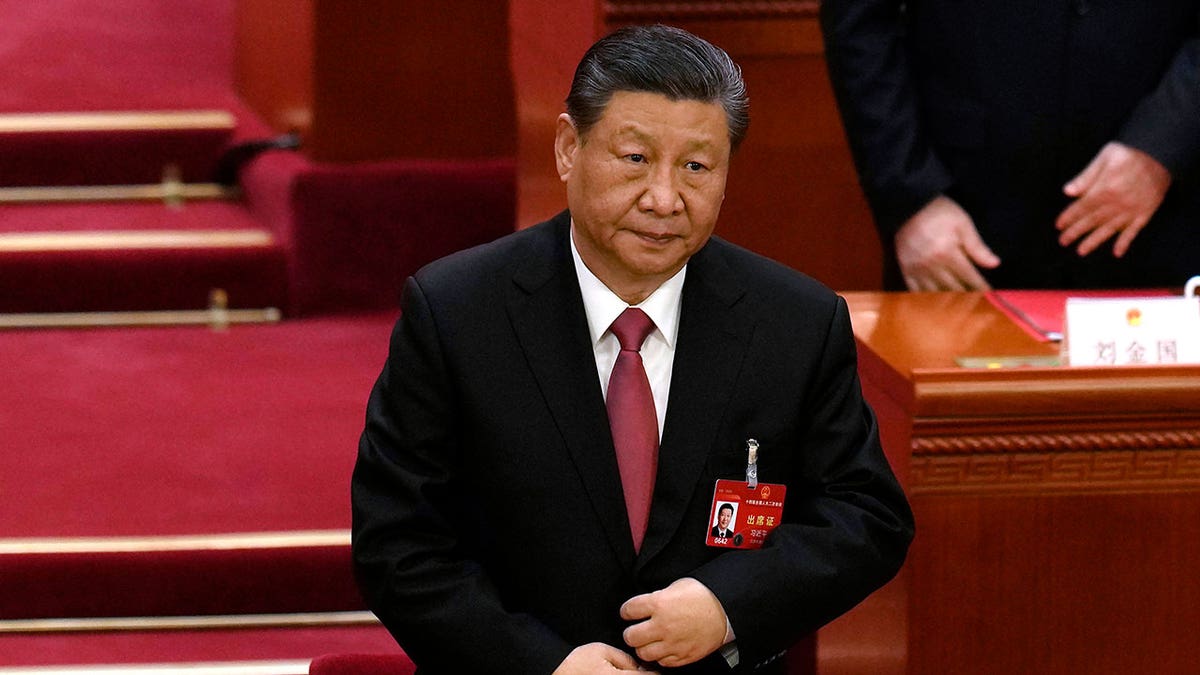
Chinese President Xi Jinping stands to sing the national anthem at the closing session of the National People’s Congress held at the Great Hall of the People in Beijing on Monday, March 11, 2024. (AP Photo/Ng Han Guan)
Reporting has suggested that dozens of Americans have been barred from leaving China, including Wells Fargo Managing Director Chenyue Mao.
CLICK HERE TO GET THE FOX NEWS APP
Mao is the latest business executive to be barred from leaving China, which has become increasingly common in recent years, prompting Wells Fargo to suspend all travel to China earlier this month.
The Wells Fargo banker has reportedly been blocked from leaving China over her alleged link to a criminal investigation. How long she will be required to stay in China remains unclear.
Neither the Commerce Department nor Wells Fargo immediately responded to Fox News Digital’s questions regarding this report.

 POLITICA3 días ago
POLITICA3 días agoJuan Carlos Maqueda defendió la condena contra Cristina Kirchner: “Hay una sensación de que se hizo Justicia y que no hay impunidad”

 POLITICA2 días ago
POLITICA2 días agoExpulsada del Gobierno, Victoria Villarruel empieza a tomar distancia, pero no tiene proyecto político para este año

 POLITICA2 días ago
POLITICA2 días agoLa CGT evalúa adelantar a octubre el recambio de sus autoridades y define una movilización contra Milei



































